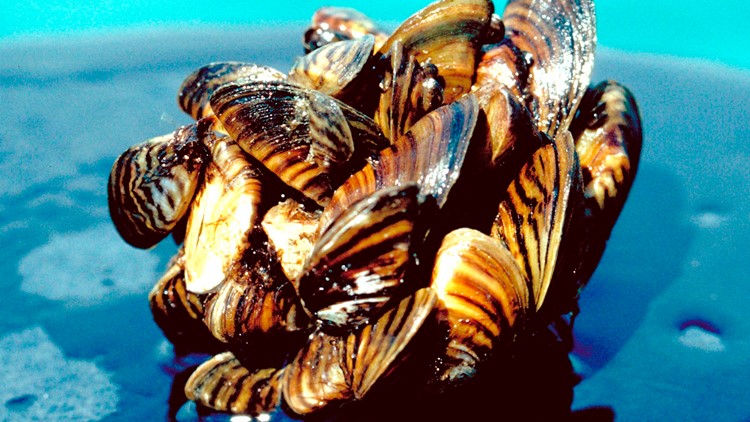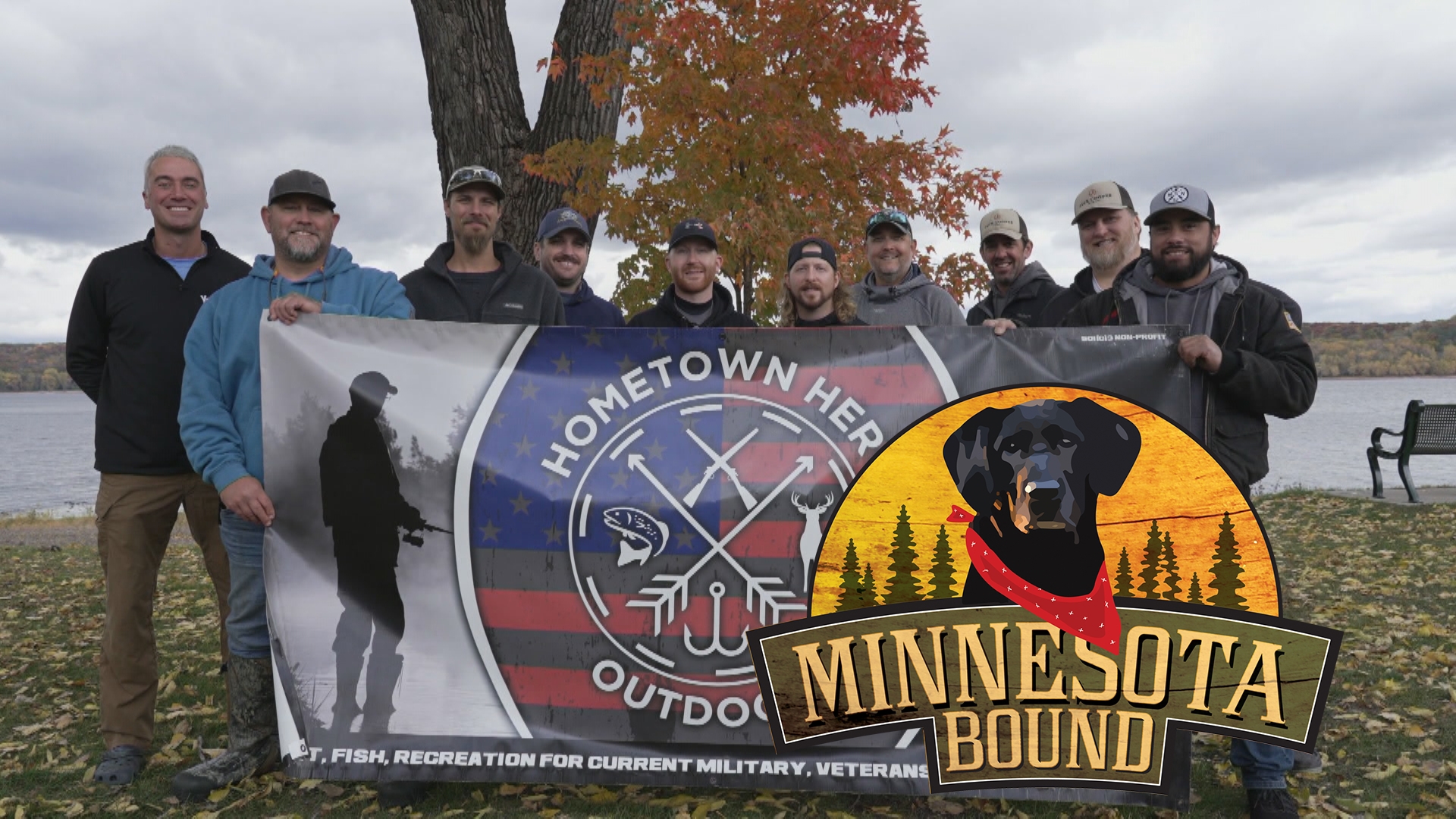GOLDEN VALLEY, Minn. — As the hunting season takes off, the Minnesota Department of Natural Resources (DNR) reminds waterfowl hunters that invasive aquatic species such as purple loosestrife, zebra mussels, Eurasian watermilfoil and faucet snail could be coming along for the ride with them.
To prevent spreading these invasive species, the DNR suggests keeping an eye on your boat and equipment to make sure they're clear of critters.
"Hunters should take a few minutes to clean plants and mud, and drain water from duck boats, decoys, decoy lines, waders and push poles," said Eric Katzenmeyer, DNR invasive species specialist, in a press release Thursday. "It's the key to avoiding the spread of aquatic invasive species in waterfowl habitat."
These invasive species can damage the habitats for waterfowl, fish and other wildlife, and even cause waterfowl die-offs.
The DNR suggests the following actions be taken when you're on the waterfowl prowl:
- Use elliptical, bulb-shaped or strap decoy anchors
- Drain water and remove all plants and animals from boats and equipment
- Remove all plants and animals from anchor lines and blind materials
- Check compartments or storage in boats or kayaks that aren’t in use the rest of the year
The Department also said that waterfowl hunters who want to camouflage with cattails or other plants must cut them above the water line if they're being moved from lake to lake. They should not cut or move the seadheads of emergent non-native Phragmites, also known as common reed, which is a restricted noxious weed in Minnesota.
To kill or remove invasive species seeds or young zebra mussels that are difficult to see, the DNR recommends that boaters use a high-pressure spray or a hot water rinse before entering another water body (120° F for at least two minutes or 140° F for at least 10 seconds). Air drying can also be effective, but may require more time due to cooler weather.
The DNR also said that trappers should be mindful of cleaning their equipment when moving from one body of water to another.
“Trappers of muskrats and other furbearers should also keep the ‘Clean in-Clean out’ mantra in mind,” said DNR invasive species specialist Tim Plude in the press release. “All traps, lines, boots and waders should be cleaned after each use to prevent the spread of aquatic invasive species.”
The DNR has a short video that shows various methods for preventing the spread of invasive species.



